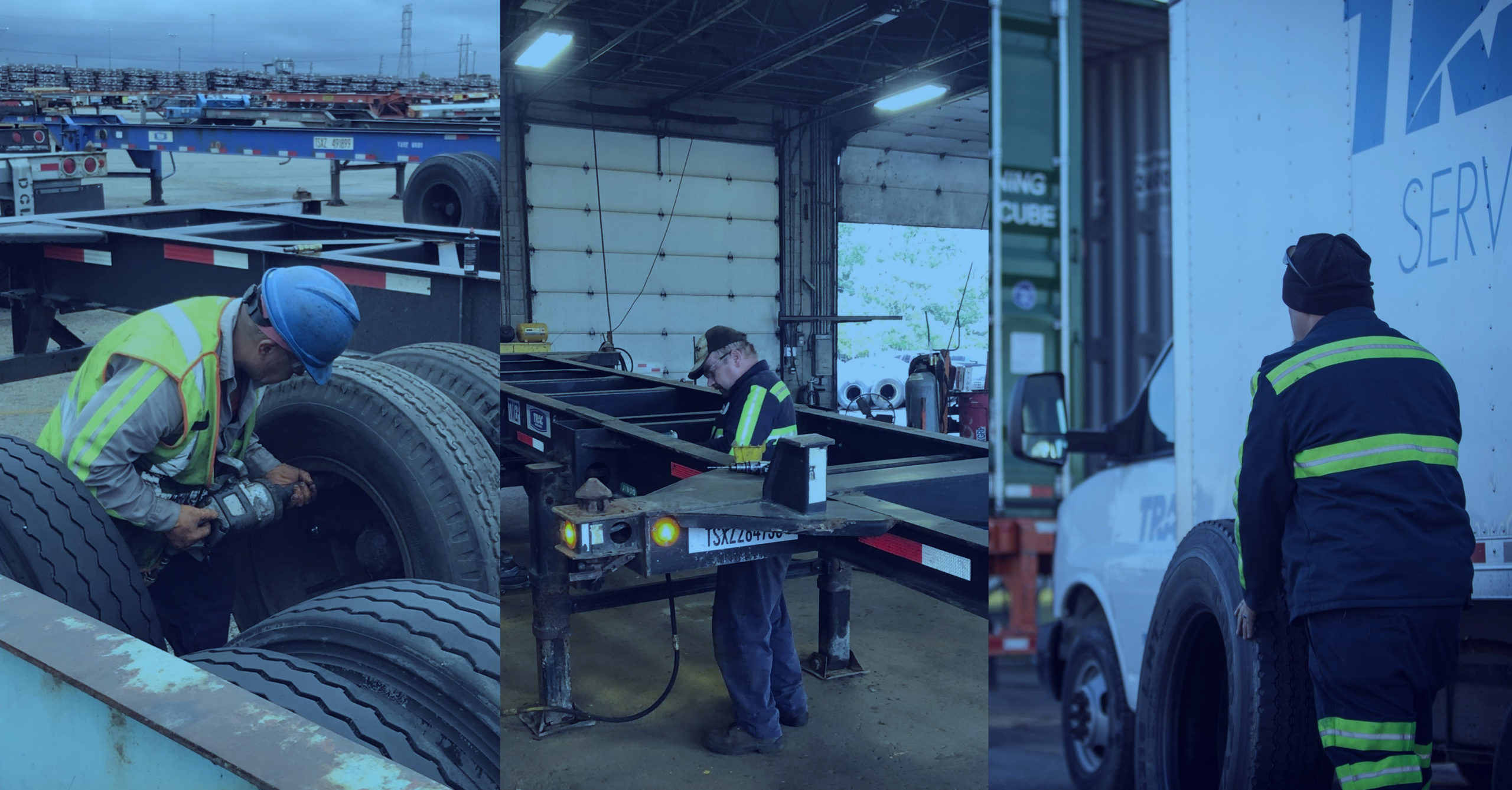Driving OOS Levels to Record Low to Improve Chassis Availability
November 16, 2021

In today’s challenging transportation supply chain, chassis availability is often cited as a key factor in helping to keep cargo moving. Unfortunately, explosive growth in imports and various ongoing supply chain disruptions have combined to limit access to chassis at many U.S. terminals. There are four drivers of chassis availability for customers at port and rail locations: fleet size, utilization, dwell time and out-of-service counts. While intermodal equipment providers (IEPs) diligently collaborate with other stakeholders to improve all four of these drivers, the one factor IEPs control directly – out-of-service equipment – has reached record lows for TRAC Intermodal.
Fleet Size
A seemingly obvious solution to the current chassis availability challenges would be to simply add more chassis to the mix, increasing the size of the fleet. But this is not an option in today’s market, as chassis inventory is suffering the same fate as many other durable goods, from cars to refrigerators: there is little new chassis inventory to be had. As a result, the supply of chassis in the U.S. is fixed for the time being.
Even if more chassis were available, cost-efficient equipment pool operation requires maximizing the use of existing equipment. This approach keeps operating costs manageable. Adding more equipment translates to higher costs for pool providers and their customers, which can reduce demand and utilization rates. Further, because chassis availability is only one of many factors impacting the flow of cargo, an influx of new equipment into already clogged ports could actually exacerbate bottlenecks in many cases. In even the best-case scenarios, a large injection of chassis might improve port fluidity temporarily but wouldn’t provide a long-term or meaningful improvement.
Fleet Utilization
Certainly, the more chassis that are being used the fewer units that are available for others to use. But the current high utilization levels are the result of exceptionally strong market demand due to supply chain issues and backups at ports, and not something chassis providers themselves can directly alleviate. Still, TRAC and other IEPs work to manage chassis availability as best as possible amidst current market demand.
Dwell Time
The longer that chassis sit idle, beneath empty containers or laden ones, on the street or in terminals, the fewer units are available for use by other customers. The faster deliveries are completed to warehouses, distribution centers or rail depots and the subsequent return of chassis to IEPs, the more quickly they are available for new customer use. While IEPs themselves cannot control dwell times, TRAC collaborates with its partners and customers to encourage processes that can reduce dwell time.
Out of Service (OOS)
The number of chassis that are out of service for maintenance and repair is the factor over which TRAC has the greatest control, because TRAC manages the scheduling of repair and maintenance with our vendor partners. As OOS heavily impacts availability in a meaningful way, we have worked diligently to reduce OOS units through close collaboration with our maintenance and repair vendors, helping to ease availability shortfalls as much as possible.
These efforts seem to be working. Current EQ type (40’ and 45’, the most in-demand sizes) OOS
numbers across TRAC’s fleet are at record lows of 3 percent, a sharp drop from last year’s OOS levels of 7 percent. At the Port of Los Angeles and Long Beach, the nation’s largest and busiest port, EQ type OOS levels are also at record lows of 2 to 3 percent.
Collaboration Key to Fleet Management
A lot of the success in maintaining TRAC’s available fleet and reducing OOS units comes from the true partnerships we’ve forged with our maintenance and repair vendors. In this very challenging environment of labor shortages, our vendors remain focused and committed to keep TRAC’s fleet running in optimal condition while delivering record low OOS levels.
Business intelligence is also helpful as TRAC shares data between its Operations and Maintenance & Repair (M&R) teams to stay connected and inform equipment needs. The operations team lets M&R know where chassis are moving to and from so M&R can assess repairs at origin and destination, then determine repairs at either end for the fastest possible turnaround. Another contributor to low OOS levels is TRAC’s commitment to fleet modernization: upgraded radial tires and energy-efficient LED lighting are keeping chassis in roadworthy condition for longer periods of time, thus reducing the need to take them out of service for maintenance and repair. TRAC’s best practices approach is built on experience, teamwork, and a commitment to efficient fleet management.
Managing and maintaining our available fleet requires a collaborative effort between TRAC and its chassis maintenance and repair partners. We’d like to thank our operating network of more than 300 maintenance and repair vendor locations that have persevered through these challenging times with hard work and commitment to keep our fleet running optimally and improve chassis availability for our customers.
TRAC Intermodal (tracintermodal.com) is North America’s leading marine chassis pool manager and equipment provider with 11 pools under management across the U.S. TRAC has the largest fleet of marine and specialty chassis in North America and operates an extensive network of facilities. TRAC’s subsidiaries offer emergency fleet roadside assistance through FYX, and maintenance and repair services as well as storage and parking solutions through TRAC Services.
